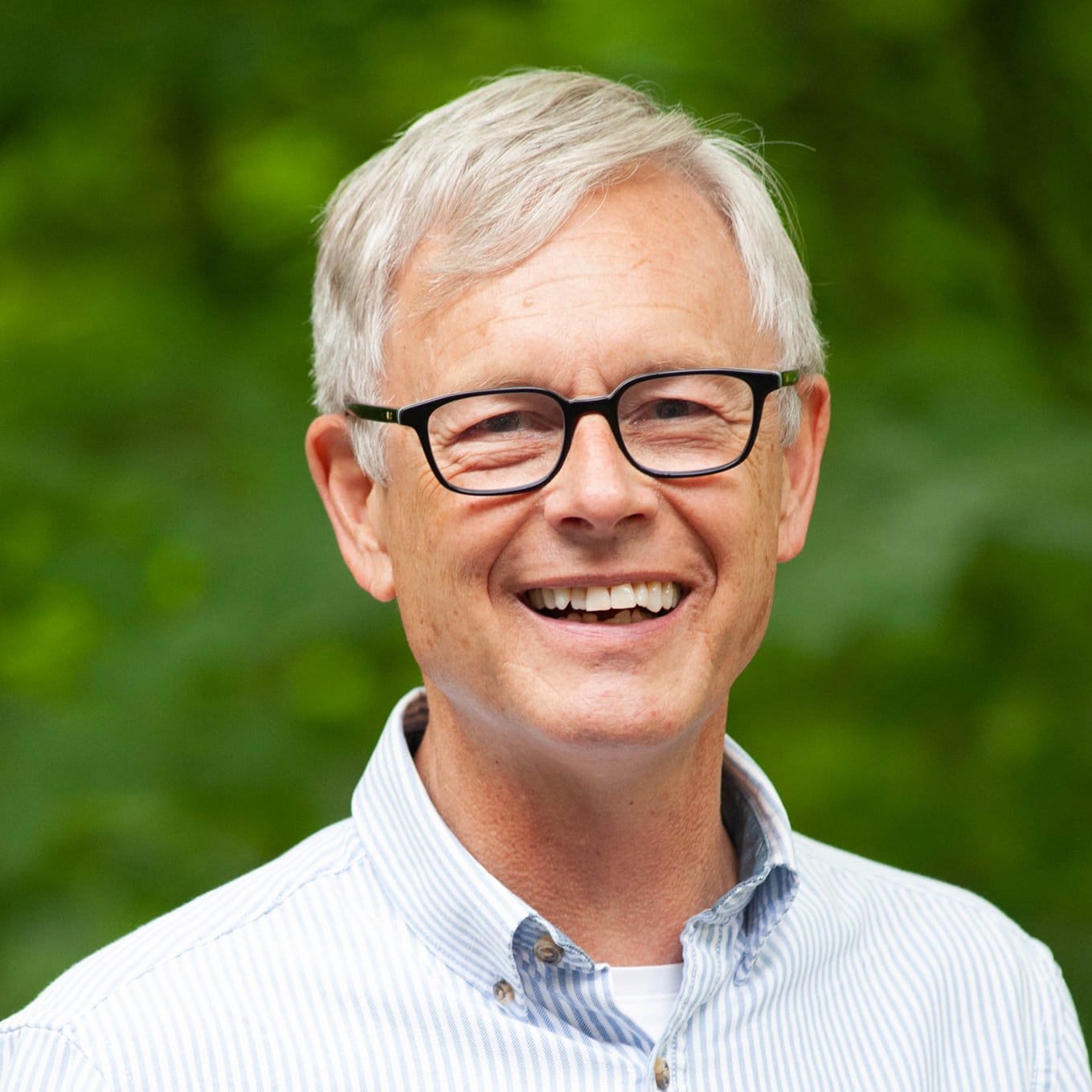In a recent podcast interview with the founder of Stadia, a national independent church planting organization, Covenant church planter Valarie Grimes, gave a shout-out to the training and support she is receiving from the church planting team. She mentioned the excellent materials as well as the theological and cultural fit she finds in the Covenant as an African American woman planting in Savannah, Georgia. In many ways, she exemplifies the new reality of church planting in the Covenant—a reality that has been in place for some time. However, like the children of Israel in the time of Isaiah, without the changes being brought to our attention, we can miss the new thing the Lord is doing.
Five persistent myths about Covenant church planting can keep us from seeing and celebrating the new thing the Lord is doing among us.
Myth 1: we only train planters for white suburban churches.
We now assess planters for nine different kinds of church plants, including Spanish language (our fastest-growing demographic), urban under-resourced, networks, and urban/neighborhood renewal/infill. Over the last five years, 60 percent of planters assessed are leaders of color, and 40 percent are women. These statistics mirror national trends in the U.S. for entrepreneurialism. Small businesses started by white males have been declining for 20 years, while increasingly women and people of color are taking the lead, particularly African American women. During the pandemic, twice as many women as men began businesses, and we are seeing this trend in church planting as well. Our work of starting churches is as diverse as our movement.
Myth 2: Our planters are not really “Covenant.”
Most of our planters do come from outside the Covenant, so it stands to reason that they are learning to become integrated into our theology, culture, and broader life together. Yet the planters who come to us, like Pastor Valarie Grimes, are drawn by our thoughtful evangelicalism, our commitment to the whole gospel, and our attentiveness to areas of compassion, mercy, and justice. These planters want to plant Covenant churches and to become Covenant themselves. We are grateful for these pastors as they come to us through the regional conference doors.
Myth 3: Church planters come to us because we have money.
We are fortunate to have funds to plant churches. Living Legacy funds, as they are called, come from the sale of closed churches across Canada and the U.S. and are jointly held by the denomination and the specific conference. Once planters are approved to plant a church, they sign a Covenant Agreement, which is basically a contract to plant. They then begin to receive three years of funding which declines on an annual basis.
Before a planter receives any financial support, however, they must have gathered at least 30 adults and raised 30 percent of the funds needed over the next three years. In fact, church planters have invested significant “skin in the game” before the money begins to flow. The work of planting is risky and requires significant sacrifice that we do well to name and honor.
Myth 4: White men in their 20s are preferred church planting candidates.
The Covenant has not planted a church with a candidate in their 20s in more than a decade. Our assessment process identifies potential planters who have enough life experience to develop a certain level of self-awareness and self-differentiation to help guard against the hubris and personal and familial cost of this highly apostolic work. As noted above, while 60 percent of planters continue to be male, the minority are white.
Myth 5: The churches we plant are out of touch with current cultural realities.
Covenant church planters range in age from their 30s to early 60s. Many are bi- or co-vocational and work another full-time job, either due to the economic realities of planting or out of a desire to remain grounded in the marketplace. Every planter is answering the call of Jesus to begin a new community of faith, often at great personal cost. At the assessment center we seek to discern and answer three questions on behalf of the candidates: Are you called to plant? A Covenant church? At this time?
Not a single planter has ever said during the assessment process that they hoped to plant a church that exemplifies the best of 1980s white suburban, or 1990s South Side Chicago African American churches. Like every pastor, they have a call to bring the gospel and make it relevant to the particular group of people to whom God has called them. While our church plants are not in every cultural and ethnic space found in Canada and the U.S., the diversity of people and locations is much greater than it has ever been in our history as a Covenant. And each plant is completely committed to being the church now in the setting in which God is rooting them.














